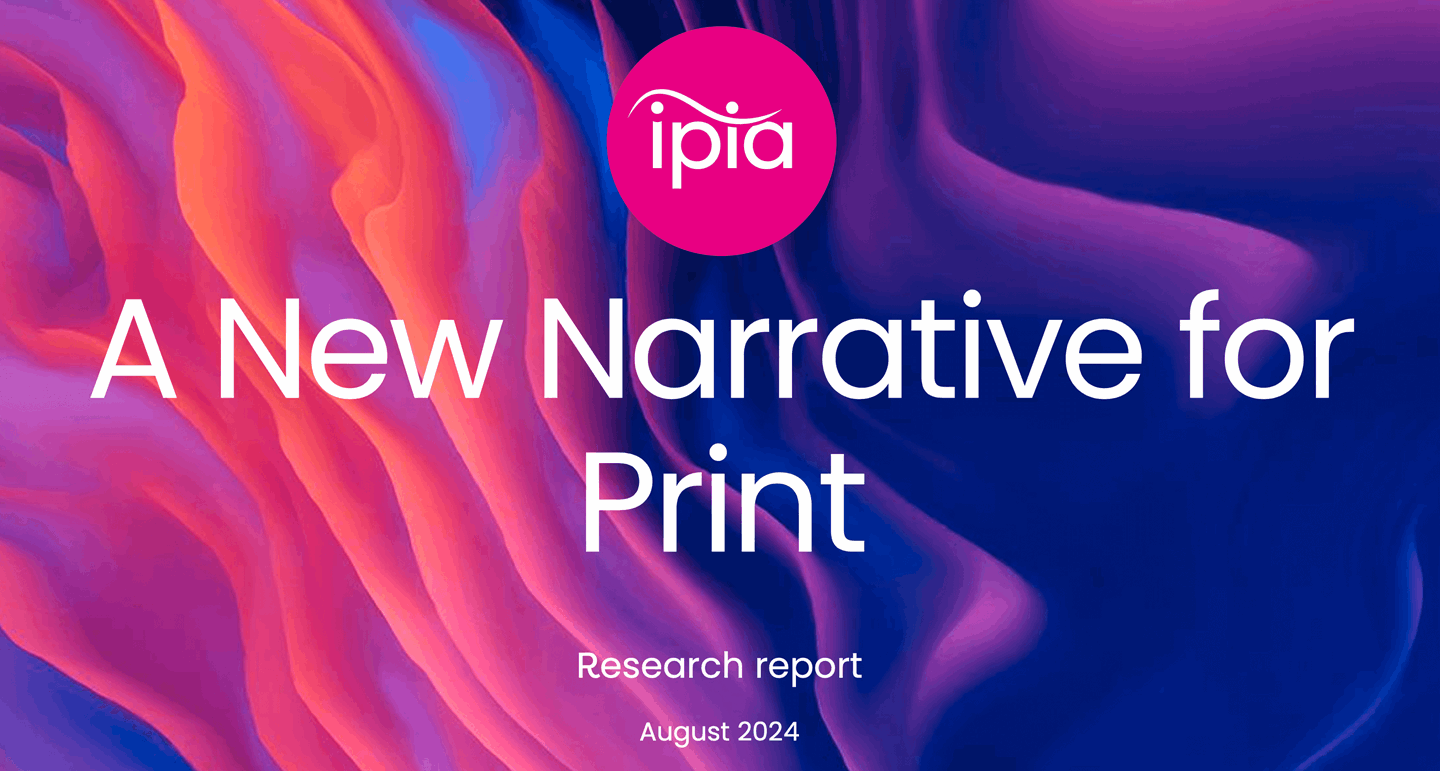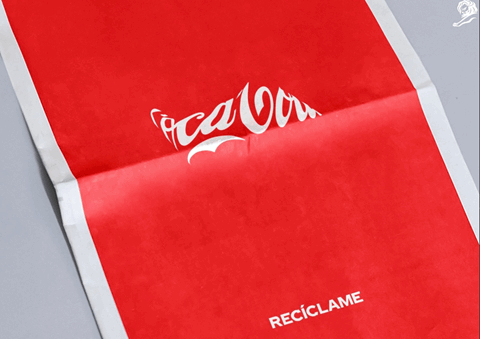The IPIA has unveiled its ground-breaking national print research and advocacy project, A New Narrative for Print. The project's primary aim is to positively shift the perception of print among UK consumers and businesses across a range of critical factors.
The research was conducted in partnership with communications agency Madano and made possible by a coalition of IPIA Members: Imprint MIS, Ricoh, Konica Minolta, Epson, The Printing Charity and Citipost.
The study, using 12,000 online conversations across social media, media outlets, blogs and forums and representing broad communities such as marketing, advertising, design, photography, fashion and textiles, provides insight in three main areas:
- Perceptions
Mapping perceptions of the UK print industry across a range of key metrics using the agency’s specialist data science technology and analysis tools.
- Key influencers
Identify key influencers who significantly sway the perception of the print industry and its products
- Narrative
Analyse dominant narratives in the conversation around print.
Says Alasdair Browne, Vice Chair of the IPIA and Chair of its Research Subcommittee: "This project is a crucial step in understanding the dynamics of our industry. By identifying the key influencers and the narratives they are driving, we can also better position ourselves as an industry to respond to challenges and seize opportunities. The insights from this research will be instrumental in guiding our strategies and ensuring the continued relevance and growth of print.”







